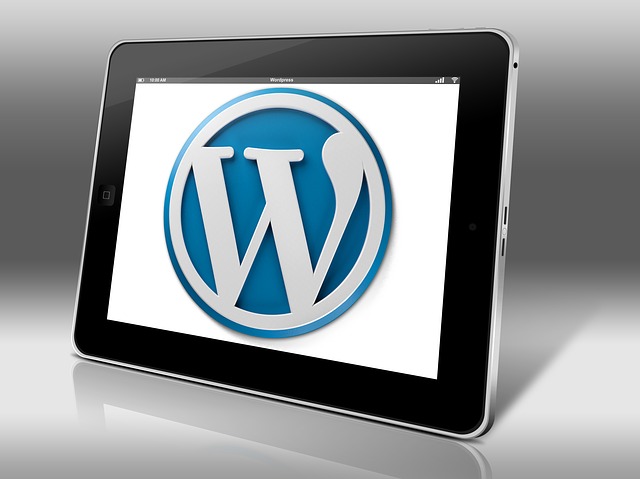According to WikiPedia, WordPress is:
“a free and open source blogging tool and content management system (CMS) powered by PHP and MySQL. It has many features including a plug-in architecture and a template system. WordPress is used by over 14.7% of Alexa Internet‘s “top 1 million” websites and as of August 2011 powers 22% of all new websites. WordPress is currently the most popular CMS in use on the Internet.
It was first released on May 27, 2003, by Matt Mullenweg as a fork of b2/cafelog. As of December 2011, version 3.0 had been downloaded over 65 million times.“
What does this mean for you?
“Free and open source” means that the code for WordPress was developed to be freely used and developed by anyone, and that all additions to that code are available to all users. While the main software, many updates, themes, plugins and widgets remain free to all, other developers have taken the process much further and sell their WordPress themes and resources.
“Blogging tool” means that originally this software was built for creating personal blogs, but as people have developed the way they interact online, it has become a great tool for creating websites as well. If you aren’t convinced, companies like The New York Times, CNN, VW, eBay and UPS use WordPress as the basis of their websites.
“Content Management System” means that all your materials are kept within the site software, so you can use it in different places, or have several people working on the site simultaneously. For smaller sites, this is the benefit to you.
“PHP” is a computer language used to create web pages and items that respond to mouse clicks. You don’t need to know more than that, except it is a good thing!
“MySQL” is a data base system that is used to store then access all your site information. Again, you need to be aware your site is built on this database, so if you ever have to move or restore your site, it is important that you have backed it up and saved it regularly. (There is a plugin you can install to do this, so don’t panic!)
“Plug-in architecture” means that you can add functions to your site through installing a plug in, you don’t need to know how to code the site to make this happen. There is an enormous repository of plugins on the WordPress site, but wait to go and look – there are over 18,000 free plugins listed – and many more premium ones you can buy.
“Template system” means you use a ‘theme’ to make you site look the way you want it to. You can choose from an amazing array of layouts and color schemes, and having chosen a theme, can easily switch it out for another theme! (Once you have a great deal of material on your site, you might want to think carefully before changing the theme as some elements may not transfer over.)
So, if you want to build your own site on your own domain, you can do so with WordPress, and have an attractive site up and running within just a few hours.

